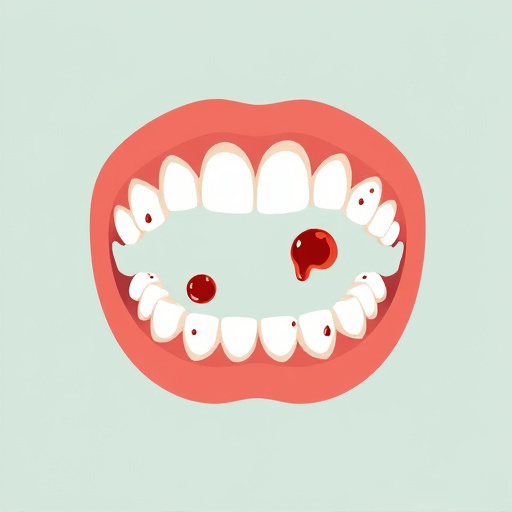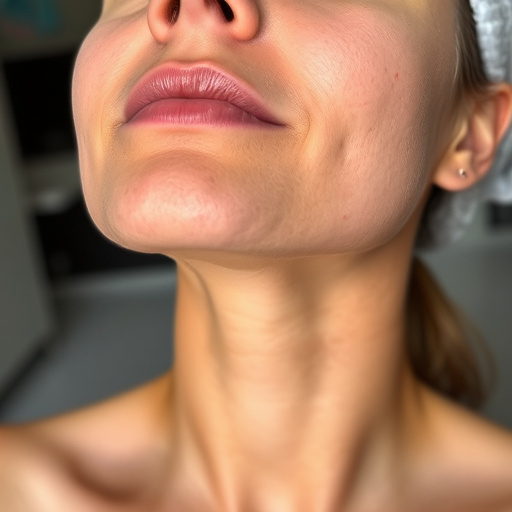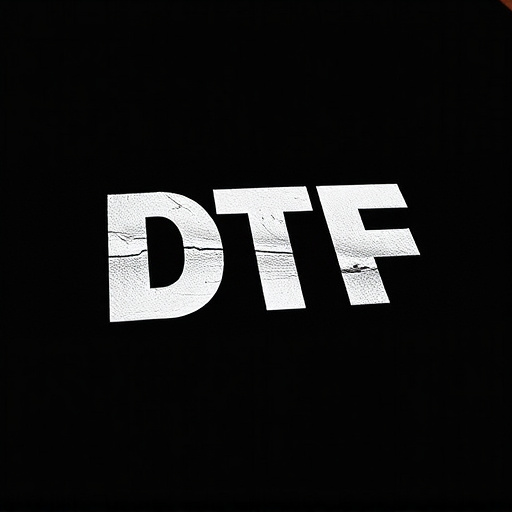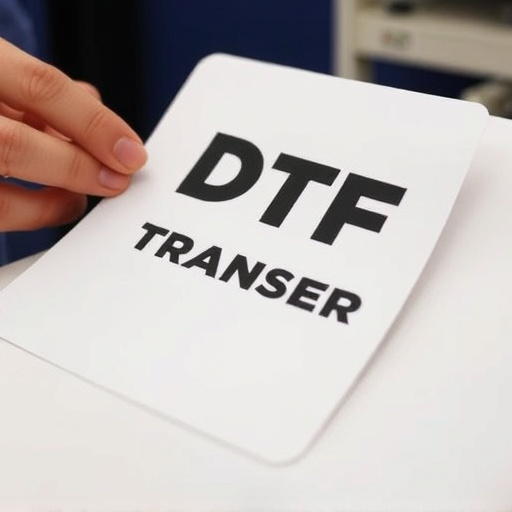Direct to Film (DTF) printing revolutionizes art creation by directly applying digital art to film stock, preserving intricate details and producing high-quality, limited-edition prints. This method combines digital imaging with traditional printing techniques, appealing to collectors for its vintage tactile appeal. Choosing the right ink and film combinations is crucial for achieving accurate color reproduction and fine detail. The process involves advanced technology, precise techniques, and meticulous editing for pixel-perfect alignment. DTF transfers are used in various industries to create unique, durable products like fashion garments, signage, and interactive art. Future trends include enhanced fading resistance, faster printing, and smart materials integration.
“Discover the captivating world of DTF (Direct-to-Film) transfer, where intricate illustrations and designs are transformed into vibrant, lasting films. This innovative process offers a unique blend of artistic expression and technological precision. From its foundational understanding to the latest industry applications, this article explores everything you need to know about DTF Transfer. Learn about the art, materials, techniques, and future trends shaping this captivating medium, providing insights for both enthusiasts and professionals in various sectors.”
- Understanding DTF Transfer: A Process Overview
- The Art of Converting Illustrations to Film Transfers
- Choosing the Right Materials for DTF Printing
- Techniques and Tools for Achieving High-Quality DTF Prints
- Applications of DTF Transfers in Various Industries
- Future Trends and Innovations in DTF Technology
Understanding DTF Transfer: A Process Overview
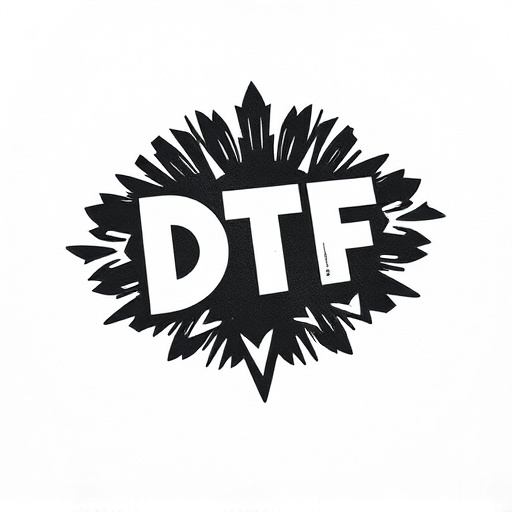
The Direct to Film (DTF) transfer process is a revolutionary technique that brings detailed illustrations and designs directly onto film stock, creating unique and captivating prints. This method involves a complex interplay between digital art, specialized equipment, and traditional printing techniques. It starts with a high-resolution digital image that is precisely aligned and exposed onto a light-sensitive film emulsion using a DTF printer. The key advantage lies in the ability to capture intricate details, from fine lines and subtle gradients to vibrant colors, with exceptional accuracy.
DTF Printing offers artists and enthusiasts a way to create limited-edition prints, preserving the original artwork’s essence while adding a tactile, vintage appeal. This process eliminates the need for intermediate steps like digital intermediates or film negatives, resulting in a direct and efficient transfer. The outcome is a stunning, high-quality print that showcases the artist’s vision with remarkable fidelity, making DTF Transfers highly sought after by collectors and art lovers alike.
The Art of Converting Illustrations to Film Transfers
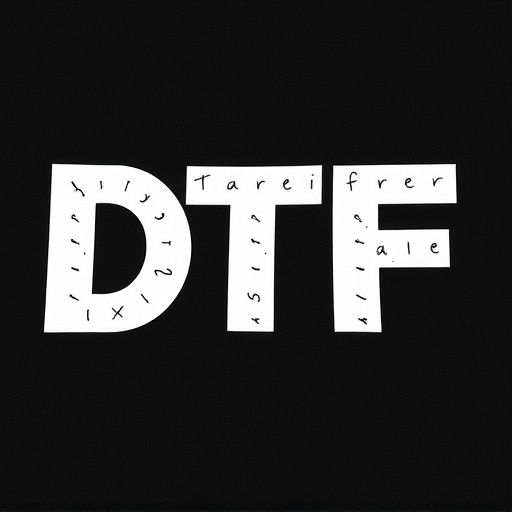
The art of converting detailed illustrations and designs into film transfers, or DTF (Direct to Film) Transfers, is a captivating process that combines traditional artistry with modern printing technology. This innovative method allows artists and designers to transform their digital creations into tangible, high-quality prints, opening up new possibilities for both artistic expression and commercial applications.
DTF Printing involves using specialized equipment to precisely expose film emulsion to the digital artwork, creating a negative image that can be developed just like traditional photographic film. The result is a negative that retains all the intricate details and textures of the original illustration. Subsequently, this negative is used to make positive prints on various media, such as paper, canvas, or metal, offering a unique blend of vintage aesthetic and contemporary precision.
Choosing the Right Materials for DTF Printing

Choosing the right materials for DTF (Direct to Film) printing is a crucial step in achieving high-quality film transfers. The process starts with selecting suitable ink and film combinations. DTF inks, typically based on UV or LED technology, need to be compatible with the chosen film stock. This ensures optimal color accuracy and durability of the final DTF prints. Professional printmakers often opt for specialized DTF inks designed for precise color reproduction and fast curing times, which are essential for maintaining detail in intricate illustrations and designs.
The choice of film stock is equally vital. Different films offer varying levels of resolution, contrast, and grain structure, each influencing the final print’s appearance. For detailed illustrations, a high-resolution film with excellent clarity and fine grain is ideal. This allows for a more accurate representation of intricate lines, textures, and subtle details. Additionally, consider the intended display or application of the DTF prints to ensure the chosen film meets those requirements, whether it’s outdoor durability, UV protection, or specific adhesive properties.
Techniques and Tools for Achieving High-Quality DTF Prints

Achieving high-quality DTF (Direct to Film) prints involves a meticulous process that combines cutting-edge technology and precise techniques. The first step is selecting the right tools, which include specialized printers designed for DTF transfer. These printers use advanced inkjet technology to produce vivid colors and sharp details on various media types. High-resolution images with rich color profiles are essential inputs, ensuring every line, curve, and texture translates accurately into the final print.
Expert artists and technicians then employ precise preparation methods, such as meticulous image editing to remove unwanted artifacts or enhance specific elements. The artwork is carefully aligned and positioned for printing, often utilizing specialized software that aligns pixel-perfectly with the film. After printing, the DTF transfer process involves careful application of heat and pressure to fuse the ink onto the chosen substrate, be it plastic, paper, or even metal. This step requires precise control to avoid smudging or blistering, ensuring the final print retains its intricate details and vibrant colors.
Applications of DTF Transfers in Various Industries

Detailed and intricate illustrations and designs can be brought to life in a unique way through DTF (Direct-to-Film) transfers, opening up a world of possibilities across multiple industries. This innovative process involves transferring high-quality prints directly onto various materials, including textiles, metals, and plastics, enabling creators and manufacturers to transform two-dimensional art into tangible, three-dimensional products.
DTF technology has found applications in everything from fashion and apparel to signage and decorative arts. In the fashion industry, designers can create bold and eye-catching garments with intricate patterns and graphics. Signage companies utilize DTF printing for producing vibrant, long-lasting banners and posters, while artisans embrace it for personalizing metalwork, ceramics, and other craft items with unique designs. The versatility of DTF transfers allows businesses to offer custom, high-impact solutions, catering to diverse client needs and preferences in today’s market.
Future Trends and Innovations in DTF Technology
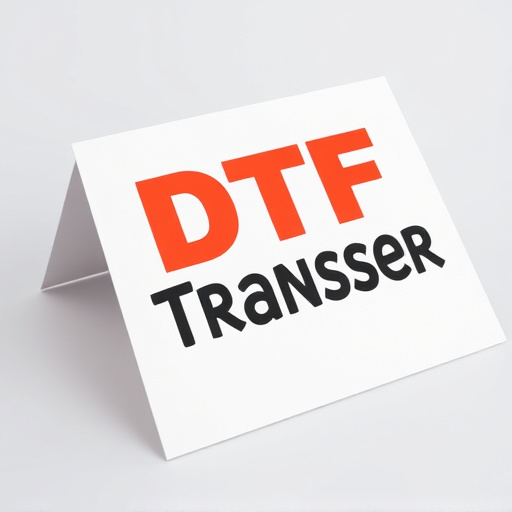
The future of Direct to Film (DTF) technology promises exciting innovations that will further revolutionize the way we create and interact with physical prints. As the demand for unique, high-quality DTF prints continues to grow, developers are exploring new frontiers in materials science and printing techniques. One promising trend is the development of more durable and vibrant inks, enabling longer-lasting colors and improved resistance to fading, making them suitable for outdoor displays or high-traffic areas.
Additionally, advancements in printing speed and precision could lead to more efficient production processes and higher levels of detail in DTF transfers. The integration of smart materials and sensors into the printing process may also open up possibilities for interactive or responsive prints, where the DTF images can change or adapt based on external factors like light, temperature, or even touch. These innovations not only enhance the aesthetic appeal but also expand the applications of DTF technology across various industries, from art and design to marketing and entertainment.



